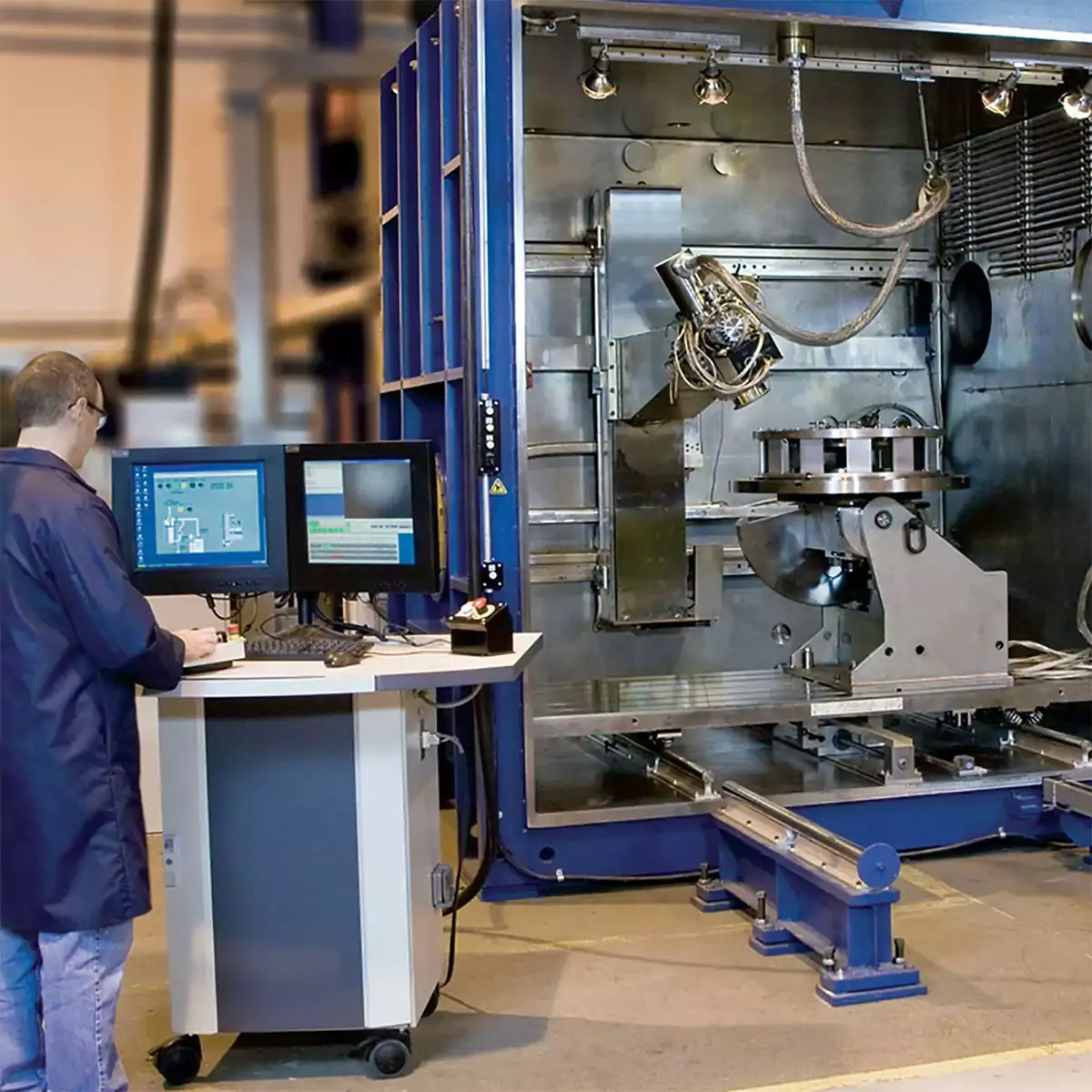For years we’ve been steadily progressing in the development of 3D printing. There are areas where the process is more advanced, such as in the case of plastic materials and others where options of great interest are being developed, such as concrete. However, in the case of metallic materials, their advance has been limited and they are still a challenge; until today.
The difficulty of 3D printing in metal, is that there are no compositions that easily allow the extrusion process. Nevertheless, researchers at Yale University have just presented a recent study that throws some light on the question. A range of bulk metallic glass (BMG) – a type of amorphous-structure alloy – can be heated until reaching a continuous softened state, that allows for its subsequent extrusion.
The most characteristic feature of this alloy, is it has an ultra-fast cooling process from its liquid form, which allows it to maintain the amorphous structure of its liquid state in a stable solid phase. Its structure gives material resistance and rigidity, equal to or better than other alloys, as well as a great capacity for elastic deformation. Another important characteristic is that thanks to its non-contraction on solidifying, the printed object keeps its shape and size.
This advance is an important milestone, since this type of alloy is not carcinogenic and its characteristics are similar to those of bone. This supposes its use as a biomaterial for implantation in bones, as a base material for the manufacture of bolts, nails or plates for fractures.
After this first step, researchers are looking to develop a process that makes its production more practical and commercial, and which allows its application on a large scale.






